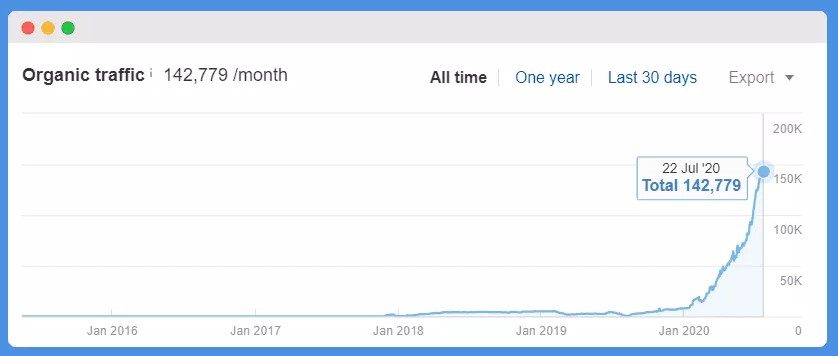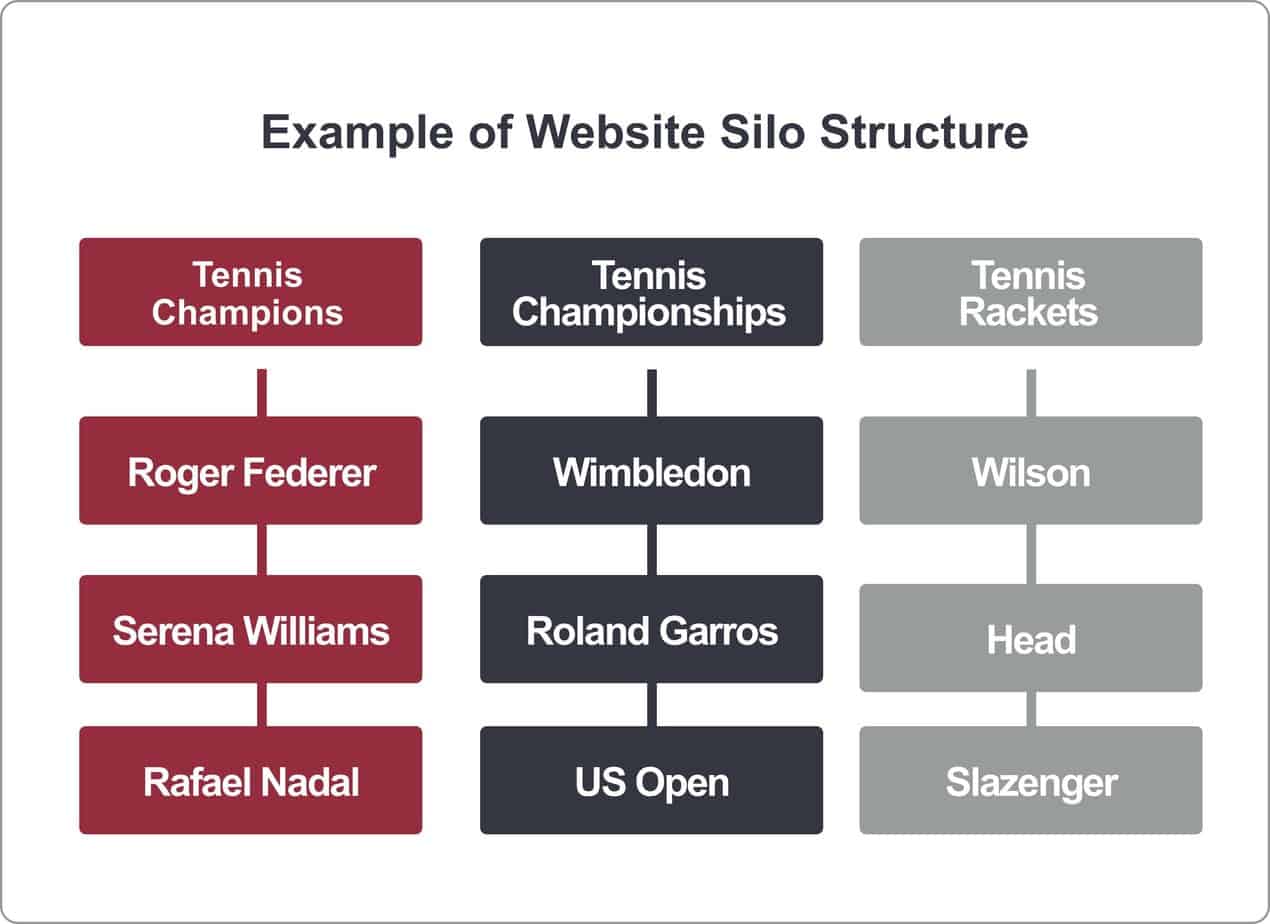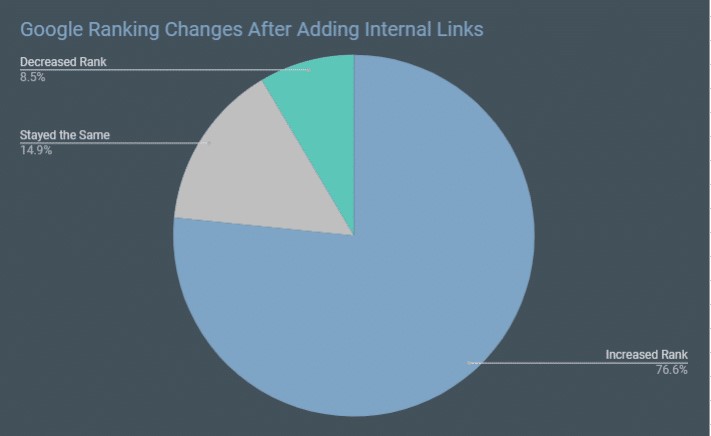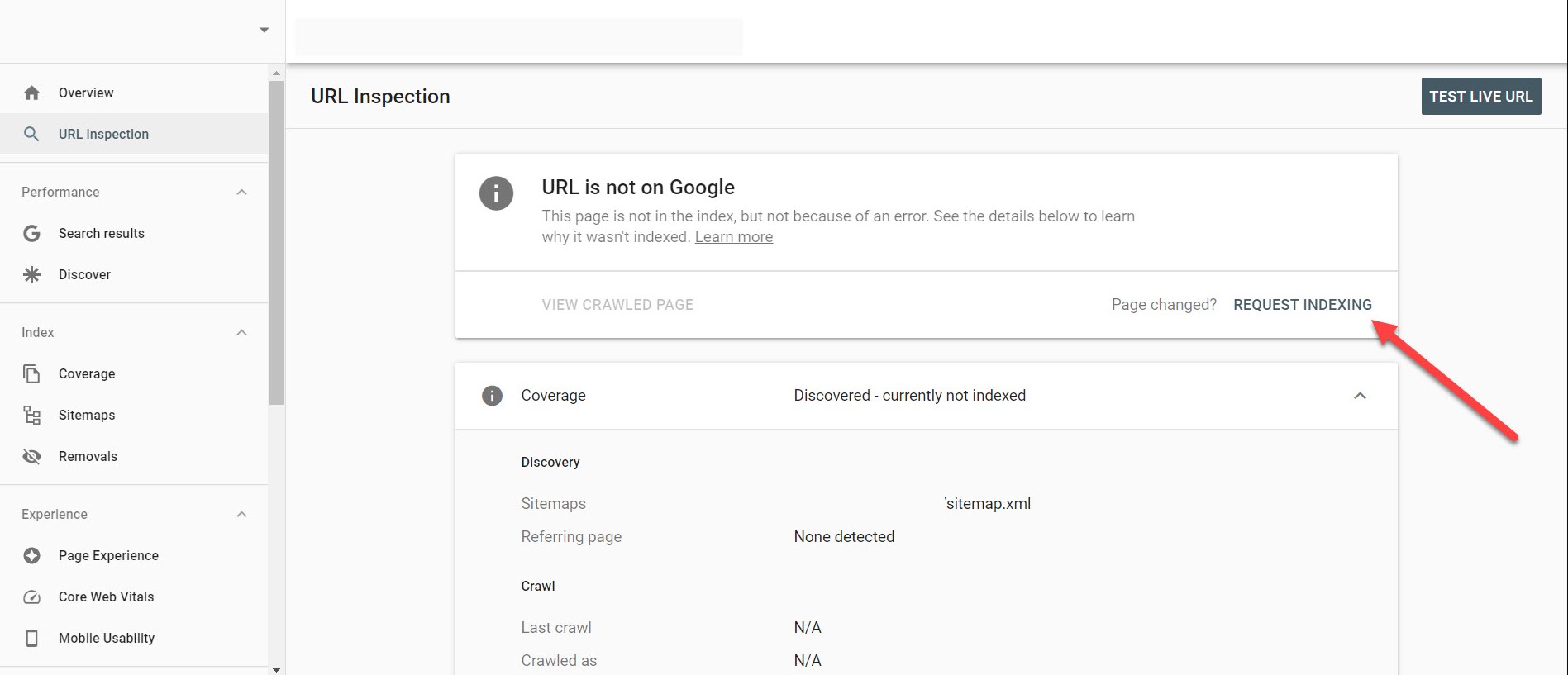Search Engine Optimization (SEO) is a marketing strategy that requires time and patience. You can’t expect your site to rank on top of Google and drive lots of organic traffic within days or even weeks. Most of the time, it could take years before you can see the results of your SEO strategy, which could be frustrating for some.
However, it is possible to speed up the process and get your website to rank for your target keywords sooner than later.
Here are some tactics you can implement in your SEO campaign to help you generate SEO results faster than expected. We’ll also look into real-life examples of websites that performed these methods and saw quick SEO results.
Increase Publishing Velocity
Your website’s goal is to provide value to users and search engines. People want to find the information they’re looking for about a topic on your site. And search engines will return pages on search results that contain this valuable information we speak of.
To do this, you need to keep creating high-quality content on your website faster.
We’re not talking about spacing your content out in chunks of time. What you want is to publish as much useful content as possible in the shortest amount of time.
For instance, it’s better, in this case, to publish 100 articles within three months than publish the same number of articles in four months. If you can publish more posts, that’s even better!
But for publishing velocity to truly work, the content you’ll create must be relevant to your niche or industry. Having articles talking about the same topic also increases your topical relevance for that subject in the eyes of Google. This way, you can rank your pages faster and increase organic traffic sooner than later.
The perfect case study for publishing velocity is DoNotPay.com. After posting 430 pages within 11 months, it was able to generate approximately 142,000 organic visitors.
Source: How the Fxck
The site had a 65 Domain Rating before the content campaign and remained the same after. One can argue that the site already had existing authority before publishing hundreds of content, making it easier to rank on Google. At the very least, this example proves that content can boost your organic traffic.
To prepare your content topics for creating content, you need to take your keyword research to a whole new level. You must find a mix of informational and commercial keywords to rank for.
Ideally, you must publish more informational content that will support your landing pages targeting commercial keywords. Google’s product reviews update encourages websites to provide more valuable content (informative) to users instead of product review posts (commercial) which aims to convert visitors into sales.
Using keyword research tools should help you identify search terms in your niche that people search for. However, you’ll run out of topics to write about if you only stick to relevant keywords with search volume.
Therefore, consider targeting zero search volume (ZSV) keywords. These are terms that show zero searches on tools, but people are actually searching for them on search engines.
Steve Toth, founder of SEO Notebook (also the guy behind acronym ZSV), has a great post on how to find ZSV keywords for your site. This guide should help you easily find more topics to write and publish on your website to increase its topical relevance and improve your search engine rankings faster than ever.
Create an Internal Linking Strategy
To help you make sense of the content you published on your site, you need to interlink your content. In particular, you need to build links by creating content silos of your website. These silos deal with the different subtopics about your niche and help build your site’s topic relevance.
Here’s a visual example of a content silo in action:
Source: Rob Powell Biz Blog
The silo’s supporting pages (Roger Federer, etc.) link to each other and back to the target page (tennis champions, etc.). From here, you can expand your silo to include more supporting pages. Or you can create a silo within a silo by creating supporting pages to a blog post if necessary.
The key to effective internal linking for your silos is to strategize which silos all your content will go to—assigning a silo for each content piece before writing gives you purpose to plan all the pieces you’ll publish.
If you didn’t plan out an internal linking campaign for your previous posts, you can still do it now and help pass authority to your other pages. This is especially important for your orphaned pages or pages that none of the other pages on your site link to.
Spencer Haws of Niche Pursuits improved his site’s organic traffic by more than 76% after adding internal links to his blog posts.
Source: Niche Pursuits
There are tools like Link Whisper that help you speed up the process of finding pages and creating internal links for each. However, to have complete control of your internal links and anchor text, manually adding every single link remains the best method to date.
Speed Up Crawling and Indexing
Search spiders are smart enough to crawl and index pages on your site. They will refer to your sitemap and the internal links you’ve built to check which pages to scan.
However, for new pages, you have to request them to crawl and index them manually. Use the URL Inspection feature on Google Search Console to know if the page has been indexed on not. If not, you can request its search spiders to index it.
However, even if you do this on all your newly published posts, there may still be lingering problems preventing spiders from effectively crawling your site.
Here are some website issues you must look into to make your site easier to crawl and index:
- Slow server – Hosting your website on a slow server that takes longer to process requests makes it harder for spiders to crawl your pages. Other reasons include having a large page size with lots of elements to load. Use caching and image compression tools to help make your page load faster. Also make sure you have a mobile friendly site since it’s also an important ranking factor.
- Too many 404 errors – Returning 404 pages to Google results in spiders slowly crawling your site. These errors show up when you delete pages on your site or changed their URLs without adding proper redirects. You can quickly fix this by redirecting the broken pages to their latest version.
- Lots of URLs – Allowing spiders to crawl unimportant pages and folders of your site results in index bloat. If spiders reach a certain number of pages crawled on your website, it stops scanning your site until you replenish your site’s crawl budget. To save up your budget, identify which pages and folders the spiders shouldn’t crawl and add the restriction in .htaccess file.
Build High-Quality Links
Whether you like it or not, link building remains one of the best ways to increase your rankings on search engine results and boost your search traffic. The proof is in the pudding — there have been countless case studies that attest to the effectiveness of a solid link building strategy.
The biggest problem with link building is people don’t optimize the backlinks they build to their site.
Whether you acquired links naturally or hired someone to do the job for you, your rankings won’t increase much unless you make sure that your backlinks meet a certain criteria:
- Links from authoritative websites – Most people mistake “authority” for exclusively having a high DR on Ahrefs or Domain Authority (DA) on Moz. Just as important are the keywords its pages are ranking for and the website traffic it’s receiving. The fact they’re getting organic traffic means that Google finds the page valuable and authoritative not just from a search perspective, but also for users.
- Relevancy – Getting links from websites from niches or industries relevant to yours helps search spiders connect the dots much easier. They can easily determine what your site’s topic is all about if you keep getting relevant links from related sites.
- Dofollow – While having a healthy mix of nofollow and dofollow backlinks allows you your have a natural-looking link profile, dofollow links are the ones that pass authority to your site. The more dofollow links you can get, the faster your website will rank on the top of SERPs.
- Optimized anchor text – The anchor text that links to your site or page must be contextual and natural with the content. But if you have a way to decide which anchor text to use, go with either exact or partial match keyword phrase. This way, you can increase the correlation of your page or website with the keyword it’s trying to rank for.
Final Words
The beauty of SEO as a marketing strategy is its sustainability. Once your web pages start ranking on top of Google, getting them off there will be challenging.
While SEO does take time to generate significant results, you can reduce the wait time by following the tips above to get the fastest SEO results in the least amount of time. It’s just a matter of developing and implementing a solid SEO strategy that will help you generate more leads and sales from the organic search traffic. You can accurately track your keyword rankings and SEO share of voice with Keyword.com.



